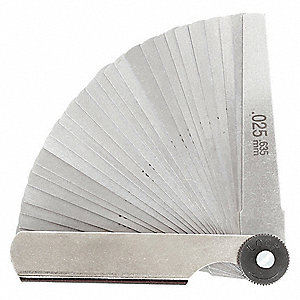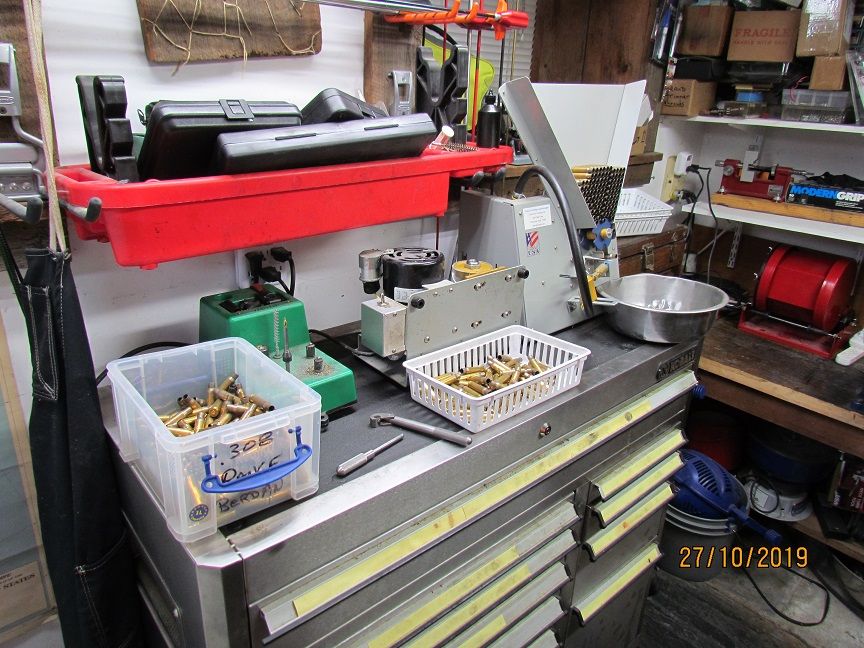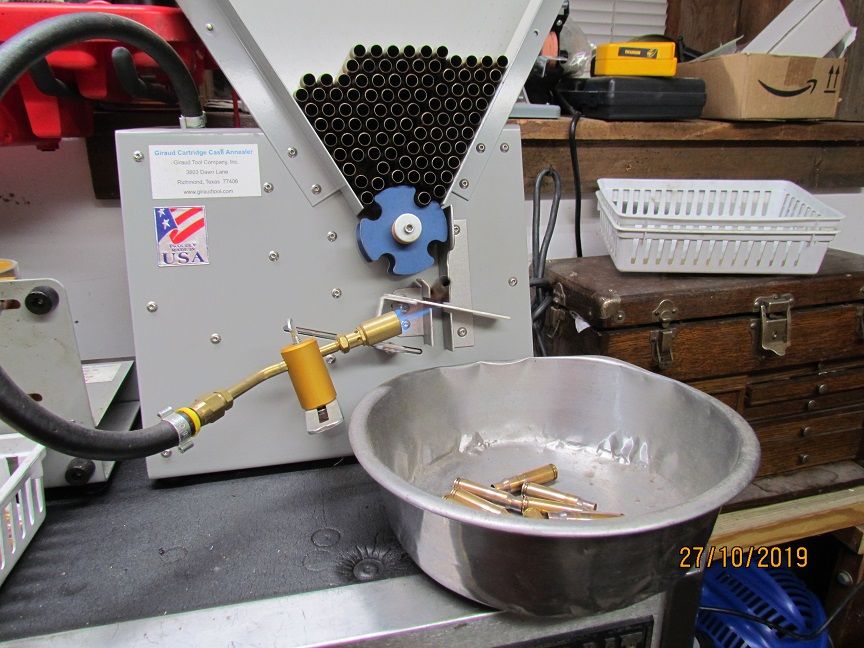
Originally Posted by
fguffey

Why? You started typing in lofty terms about something you misunderstood and had no experience with. The Redding Competition shell holders increase the length of the case from the datum to the case head, they do not allow the reloaders to shorten the length of the case from the datum to the case head. The reloaders has 5 options when using the Redding shell holders.
Without the Redding Competition shell holders I have 25 options from minimum length to infinity or a more practice .020" longer than a minimum length/full length sized case. AND! I have the option of sizing cases for short chambers, when using the RCBS shell holders I have 10 options.
And I am lucky, my cases do not have head space, my chamber has a head space dimension from the datum to the bolt face, I off set the length of the chamber with the length of the case from the datum/shoulder to the case head.
You do not have to thank me for my efforts but those that were going to take you seriously got a lesson when taking advise on the Internet. There are a lot of lonely reloaders on reloading forums that take themselves too seriously; they got a poor start and never caught up.
F. Guffey
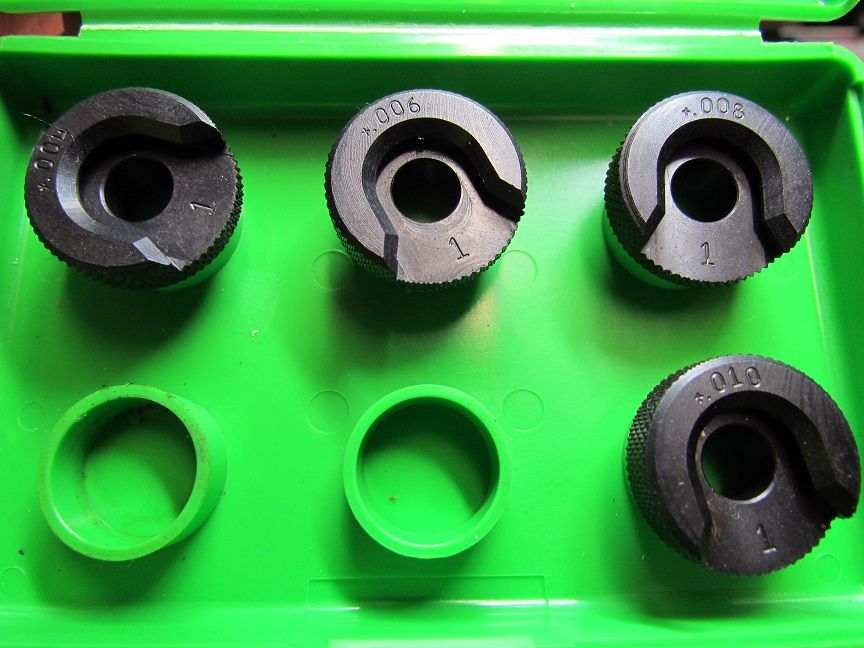



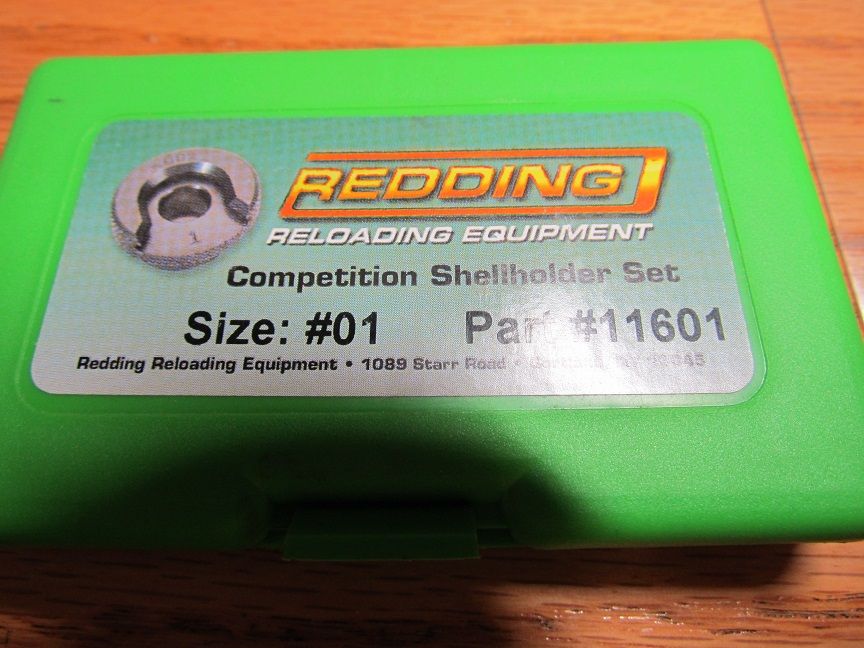

 Reply With Quote
Reply With Quote